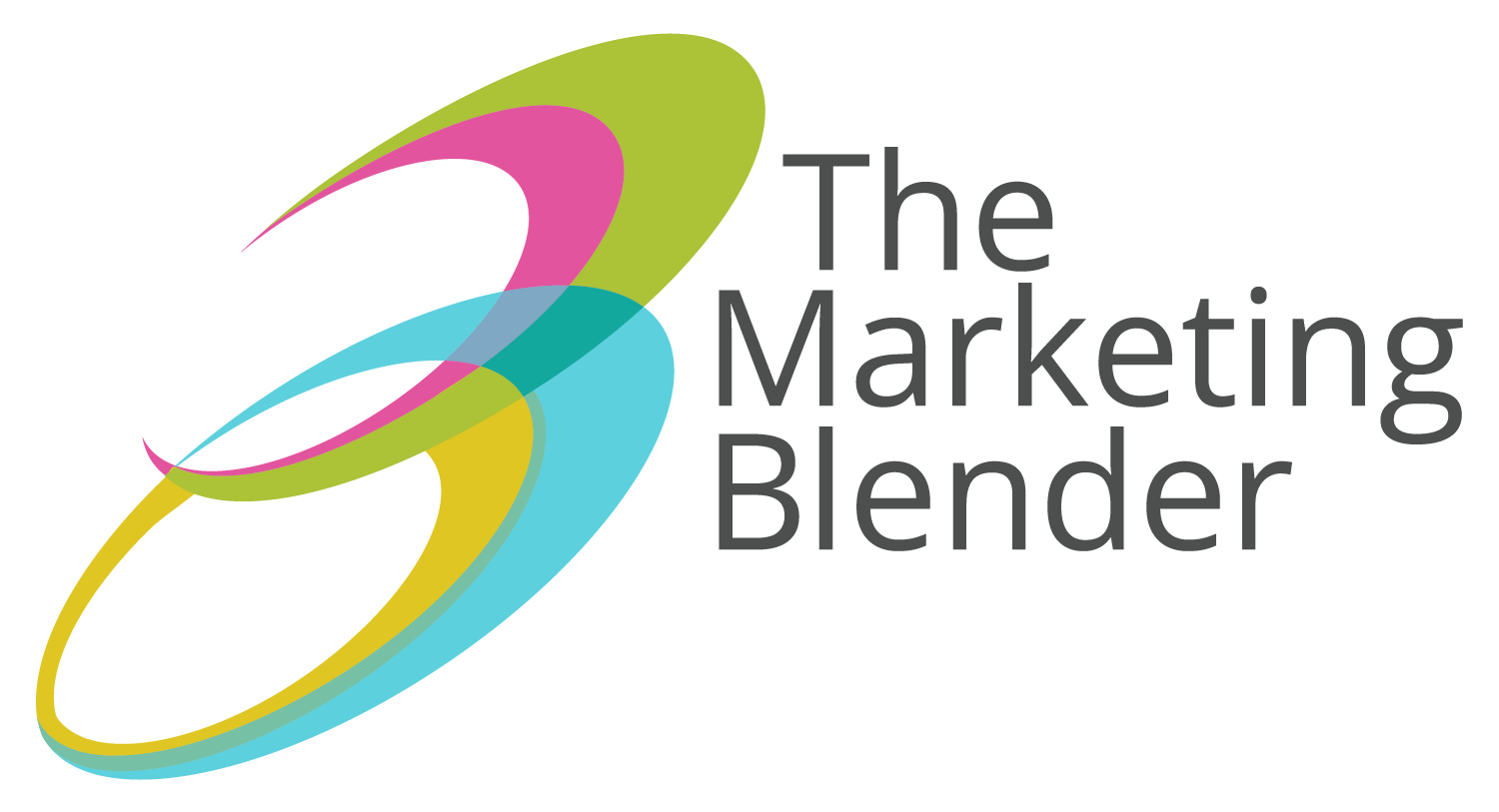In many B2B companies, finance and marketing operate like two teams playing different sports. Finance focuses on numbers and measurable results. Marketing, especially in the context of B2B marketing, focuses on campaigns, creative, and engagement. Without a shared framework, the connection between the two can break down, and revenue suffers.
The bridge between them is average deal size. It turns abstract goals into tangible actions for both sides, creating alignment that transforms B2B lead generation from a volume game into a targeted growth engine.
Insights from Dacia Coffey
“Finance and marketing are speaking different languages just like someone speaking Chinese is not going to understand someone speaking Spanish to them… average deal size is the unlocking translator.”
Financials measure dollars, while marketing metrics track human decisions and interactions. To create alignment, you have to translate between the two — dollars into people, and people into dollars. At the end of the day, it’s humans and buying committees making choices. The dollars only capture the weight of those choices. To tie B2B marketing to financial metrics, start with your average deal size. Divide your revenue goal by that number, and you’ll know exactly how many buying decisions you need to hit your target.
How to Tie B2B Lead Generation to Financial Outcomes
Too often, lead generation efforts are measured by clicks, impressions, or sheer volume of contacts. While these numbers can be useful, they do not show whether marketing is creating the right opportunities for revenue growth.
By working backward from your company’s revenue goal and factoring in booked business, you can identify how many new deals are needed to fill the gap. Breaking that down by product line and calculating the average deal size tells you exactly how many opportunities you need to generate in each area.
This approach transforms B2B lead generation from a “more is better” mindset into a focused effort aimed at high-value opportunities.
Building a B2B Marketing Strategy That Speaks Finance
An effective B2B marketing strategy is not just about tactics — it’s about aligning with business priorities. Different product lines may require unique approaches based on their profitability, growth potential, and sales cycle length.
Connecting your marketing plan directly to your P&L ensures that resources are spent where they will have the greatest impact. It also helps your sales team by focusing on leads that match the company’s revenue and profitability goals.
When marketing speaks in terms of financial metrics, it earns a stronger voice in strategic decision-making.
Using Numbers to Understand Buyer Behavior
Financial data does more than measure performance. It reveals patterns in which customers deliver the most long-term value and which ones create strain on resources.
Insights from Dacia Coffey
“Marketing can’t go get you a dollar amount, but it can go get you the humans that lead to that dollar amount.”
This mindset reframes B2B marketing as a people-driven process. Enterprise clients may require longer, relationship-based sales motions. Smaller accounts may close faster and provide volume and stability. Both can be valuable, but they require different marketing motions.
Where to Start the Conversation
You do not need perfect data to align B2B lead generation with your company’s financial strategy. Start by:
- Defining your revenue goal and splitting it into booked and net new business
- Calculating average deal size for each product line
- Determining the number of opportunities needed to reach targets
- Factoring in sales cycle length and win rates
- Reviewing profitability by segment
Agree on assumptions where data is incomplete, and refine over time. Waiting for “perfect” data delays progress and keeps marketing and finance out of sync.
The Payoff of Alignment
When marketing and finance speak the same language, lead generation stops being a disconnected activity and becomes a core growth driver. Campaigns are designed with profitability and sales goals in mind. Sales teams receive qualified leads they can close. Leadership sees marketing as a strategic partner.
And most importantly, the numbers show that marketing is driving the right kind of business – profitable, sustainable growth.
Want to learn how to implement an effective B2B marketing strategy? Reach out to The Marketing Blender for expert guidance!
Frequently Asked Questions
Why is average deal size important for B2B lead generation?
It connects marketing activity to revenue goals by showing exactly how many deals are needed and what kind of leads will get you there. In doing so, it creates alignment between financial metrics and marketing metrics. Marketing is the art and science of influencing humans, so revenue targets should be viewed as interactions and decisions, not just dollar amounts.
How do I align my B2B marketing strategy with finance?
Start with shared metrics – revenue contribution by product line, profitability, and average deal size – and build campaigns from those priorities.
What if our data is incomplete?
Use the best information available, document assumptions, and improve accuracy over time. Alignment matters more than perfection at the start.
How does this approach improve ROI?
By targeting the most profitable opportunities, you reduce wasted spend on low-value leads and focus efforts where they will have the biggest impact.



